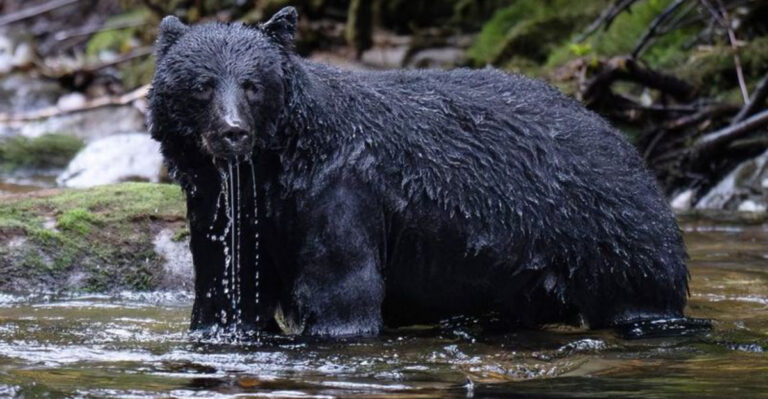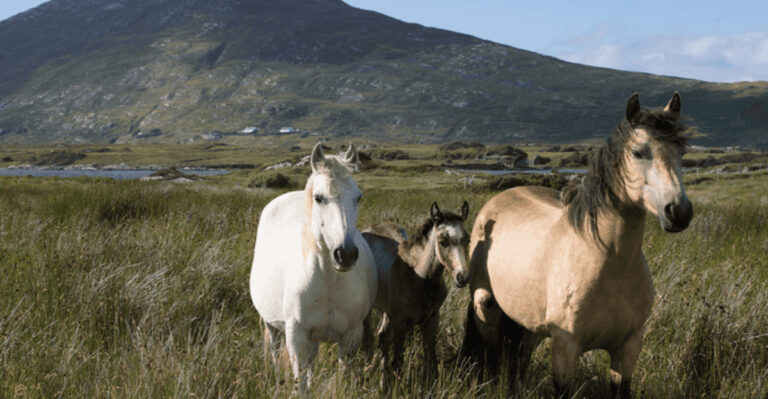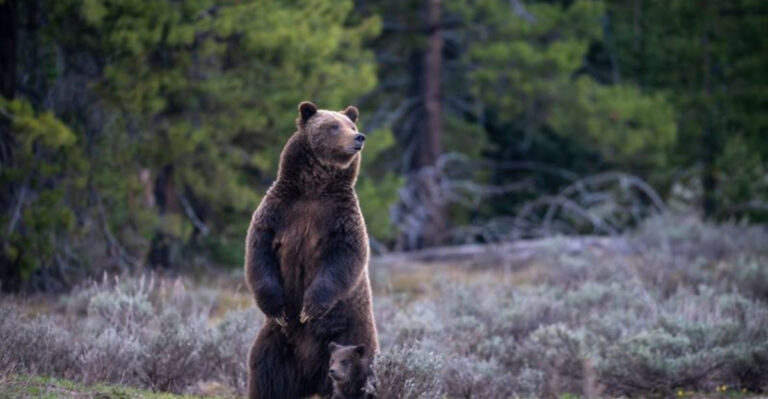14 States Where Wildlife Bites (Raccoons, Foxes, Skunks) Are Most Common

Wild animals are part of everyday life in many states across America, but some regions see far more bites and encounters than others.
When raccoons, foxes, and skunks feel threatened or are sick with rabies, they might bite humans or pets. Knowing which states have the highest rates of these wildlife bites can help you stay alert and take proper precautions.
1. Florida’s Raccoon Problem
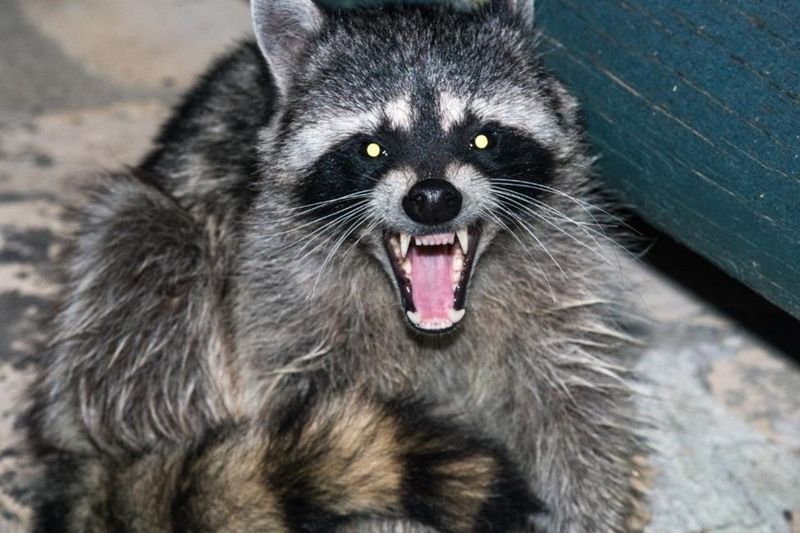
Sunshine State residents face more raccoon encounters than anywhere else in America. These masked bandits thrive in Florida’s warm climate and abundant food sources, leading to frequent human interactions.
Urban development pushing into natural habitats has only increased the problem. Health departments report hundreds of raccoon bites annually, with rabies cases concentrated in central and northern counties.
2. Georgia’s Backyard Wildlife
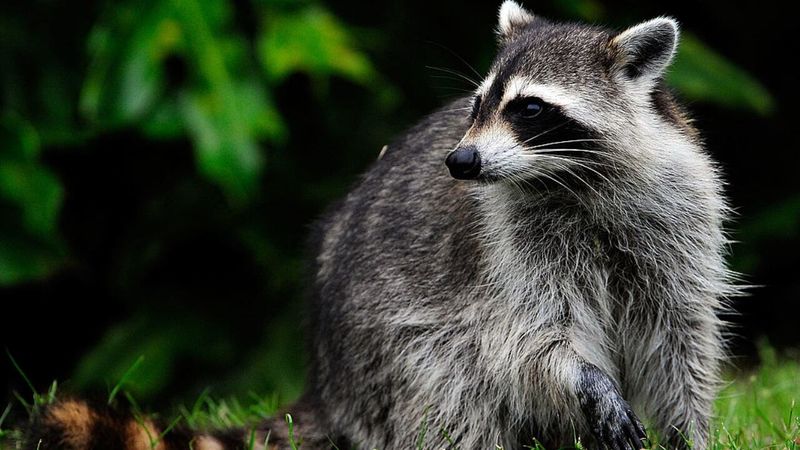
Peach State neighborhoods experience regular wildlife visits, especially from raccoons seeking food and shelter. Suburban expansion around Atlanta has created perfect conditions for these adaptable creatures.
Wildlife officials receive bite reports year-round, with noticeable spikes during spring when young raccoons begin exploring. Local animal control services stay busy responding to calls about potentially rabid animals lurking near homes.
3. North Carolina’s Rabies Triangle

Triangle region residents know to watch for wildlife. The state ranks consistently high for animal bites, with raccoons leading the pack followed by skunks and foxes.
Rural communities face particular challenges when infected animals wander onto properties. Public health officials track a concerning pattern: bite incidents increase where forest meets neighborhood, creating what experts call the “interface zone” where humans and wildlife regularly cross paths.
4. South Carolina’s Coastal Critters

Raccoons rule the Palmetto State, from inland forests to coastal communities. Summer months bring a surge in wildlife encounters as tourists and animals alike enjoy the warm weather.
Beach communities report nocturnal raccoons raiding trash cans and occasionally nipping curious humans. Wildlife officials warn vacationers to avoid feeding these seemingly friendly creatures, as their bites account for most rabies exposure cases in coastal counties.
5. Virginia’s Forest Edge Foxes
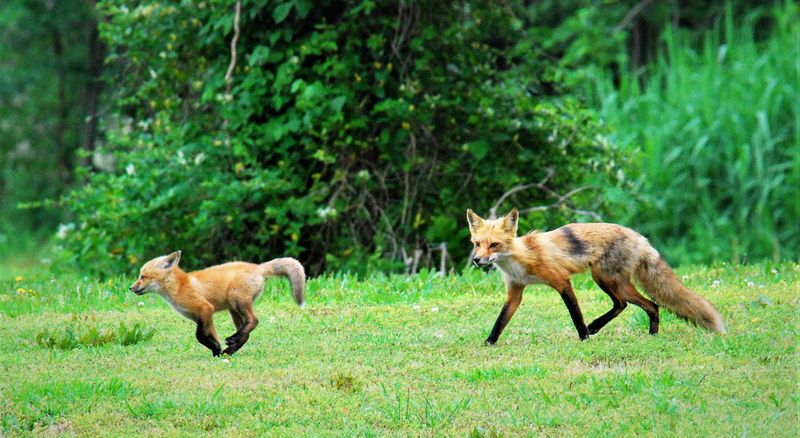
Commonwealth residents frequently spot red foxes along forest borders. These beautiful but potentially dangerous animals contribute significantly to Virginia’s wildlife bite statistics.
Expanding suburbs create prime habitat for both foxes and raccoons. Animal control departments report clusters of incidents in counties surrounding Richmond and northern Virginia, where new housing developments frequently border wooded areas.
6. New York’s Urban Wildlife

From Central Park to upstate forests, New York harbors surprising wildlife populations. City raccoons have become particularly bold, leading to frequent human encounters.
Manhattan alone reports dozens of raccoon bites yearly. Upstate communities face additional challenges from foxes and skunks carrying rabies. The state’s robust surveillance system tracks these incidents meticulously, making New York’s high ranking partly due to better reporting.
7. Pennsylvania’s Woodland Encounters

Keystone State forests shelter abundant wildlife that frequently crosses paths with humans. Rural communities report numerous skunk and raccoon bites each year.
Pennsylvania’s position bordering several high-risk states contributes to its wildlife problems. Rabies circulates through raccoon populations across county lines, creating ongoing challenges for public health officials who track bite incidents and monitor rabies spread throughout the commonwealth.
8. Ohio’s Farm Country Skunks

Buckeye State farmers frequently encounter skunks and raccoons along field edges. These nocturnal creatures inhabit the transitional zones between agricultural land and remaining forest patches.
Children playing outdoors during evening hours face particular risk. Wildlife officials report bite clusters in counties with mixed farming and suburban development, especially where natural food sources become scarce during dry summers.
9. Illinois’ Rural Skunk Population
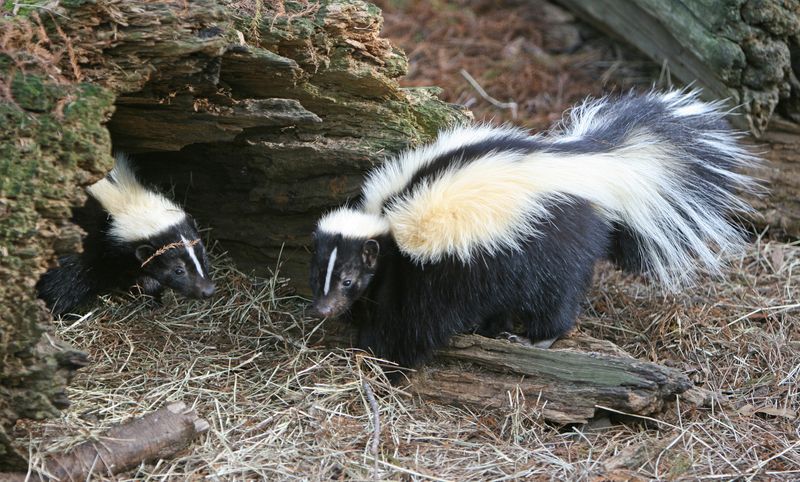
Prairie State residents contend with one of America’s densest skunk populations. These striped creatures frequently nest under porches and outbuildings, creating close-quarters encounters.
Agricultural communities report bites most frequently during early spring when skunks emerge hungry from winter dens. Local health departments track rabies exposure cases carefully, noting that while raccoon bites occur statewide, skunks dominate rural county statistics.
10. Missouri’s Woodland Wildlife

Show Me State forests harbor thriving populations of skunks, raccoons, and foxes. The state’s blend of agriculture and woodland creates ideal habitat for these adaptable creatures.
Summer camping season brings spike in wildlife encounters. Park rangers warn visitors about approaching seemingly friendly animals, as rabies remains endemic in certain counties. Rural homeowners report frequent nighttime visitors raiding pet food left outdoors.
11. Kansas’ Open Prairie Skunks
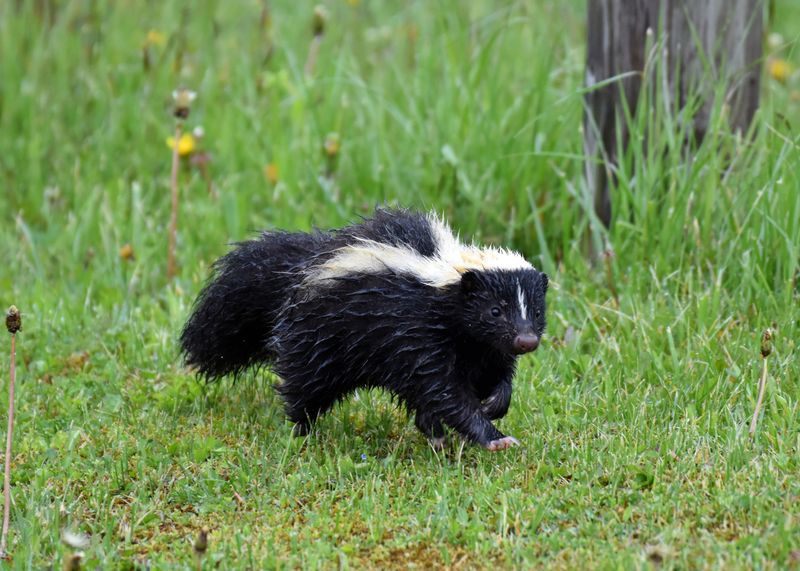
Sunflower State residents contend with skunk populations that thrive in open grasslands. These distinctive black and white creatures often den near farm outbuildings, creating frequent human contact.
Rural communities report skunk bites more than any other wildlife encounter. While fox encounters occur less commonly, they tend to be more dangerous when they happen. Wildlife officials track rabies cases spreading westward across the state each year.
12. California’s Urban-Wildlife Interface

Golden State residents experience wildlife conflicts from city parks to mountain communities. Skunks frequently nest under decks and sheds throughout suburban neighborhoods.
Southern counties report the highest bite incidents. Drought conditions push hungry animals into residential areas seeking water and food, creating perfect conditions for unexpected encounters. Wildlife rehabilitation centers report increasing calls about potentially rabid animals behaving strangely near homes.
13. Arizona’s Desert Fox Territory

Grand Canyon State hikers occasionally cross paths with gray foxes carrying a unique rabies variant. These encounters happen most frequently in transition zones between desert and mountain habitats.
Rural residents report fox sightings near homes, especially during drought years. Wildlife officials warn outdoor enthusiasts to avoid approaching any fox behaving unusually, as Arizona’s fox rabies strain remains particularly concerning for public health authorities monitoring wildlife bite incidents.
14. New Mexico’s High Desert Wildlife
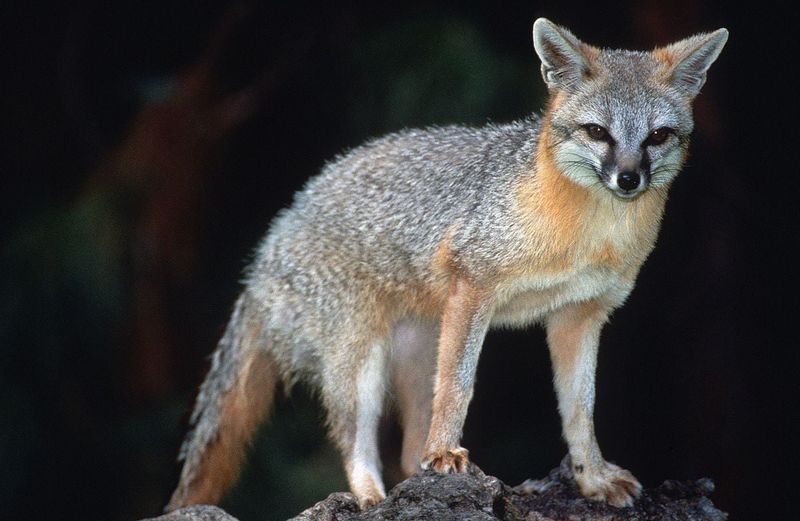
Land of Enchantment residents face some of America’s highest fox rabies rates. These elegant but potentially dangerous animals inhabit canyon lands and forest edges throughout the state.
Rural communities report fox encounters year-round. Public health officials track bite clusters carefully, noting seasonal patterns that help predict high-risk periods. Wildlife experts warn that seemingly friendly foxes approaching humans may actually be sick and should be avoided.



